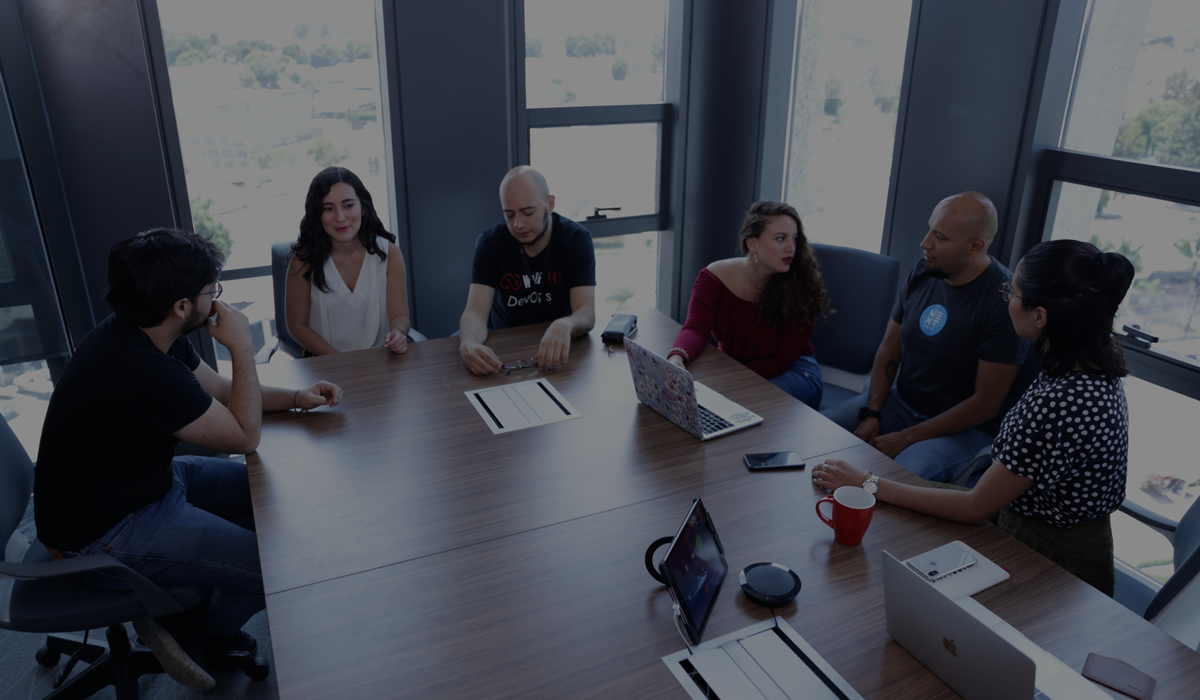At Wizeline, we pride ourselves on helping clients solve their biggest challenges with digital design and technology. Our teams build end-to-end products designed to capture new markets, disrupt existing business models, and enhance user experiences.
Creating a smooth transition
When we begin working on new projects, there are a few best practices we employ to ensure a smooth transition. We begin with a structured approach to transferring knowledge from the existing team.
Documentation first
-
- Docs or it didn’t happen. We start projects with a documentation-first approach. As we get our feet wet on the code and the team practices, we start by documenting our understanding of the codebase, the environments, onboarding guides, and goals.
Technical writing, UX, and engineering as one
-
- Today, it’s not just about executing code, it’s about well-design user experience. We embed technical writing and user experience in our development teams to ensure that teams are self-sufficient and can start adding value right away.
On-site onboarding
-
- We start all projects with an on-site kick-off and onboarding as part of our Foundations. Everyone needs to be aligned for the partnership and project to be successful, which means dedicating the proper time to establish the vision, strategy, and user journey.
We recently worked with a mobile publishing platform for a major U.S. media company. The challenges were that our team took over from a team who had started the development of the frontend and an additional third-party continued on the project.
We approached with a technical and functional onsite at the beginning of the project
- Started with documentation
- Built relationships and agreements with a third-party vendor that remained
- Gradually integrate new features: bugs + frontend
- Eventually took over backend and mobile development
We were able to establish documentation as best-practice across the whole corporation. We achieved the first app deployment after 6 months (compared to a previous 1+ year development). And the best part? The client gained the confidence to develop new platforms.
There is no substitute for knowing what your application is doing and more importantly how it has been implemented. We can’t stress enough the importance of having the necessary time to transfer knowledge from your team to the partner project team. A well-executed knowledge transfer period will ensure that your existing application or product is documented with all the necessary details both for an internal technical stack and also any external dependencies such as 3rd party software used and integration of any SaaS providers.
Finding the right fit
Wizeline’s philosophy is simple: In order to build better products, we must invest in both people and culture.
We encourage our engineering teams to focus on delivering business value rather than simply completing a set of tasks. We’ve found that teams learn and adapt through customer interactions like daily standups, weekly sprint planning, UX workshops, and on-site visits. Working with distributed teams in the U.S., Mexico, Vietnam, Barcelona, and Australia has taught us the importance of remote work practices.
Success comes from openly communicating expectations and following up on deliverables. Every now and then projects will face unforeseen challenges. The combined experiences of our team and that of our client partners help overcome challenges as they arise.
The ideal implementation has the right combination of skills needed for the project and tasks at hand. We prefer to seamlessly integrate as part of our client partners’ team. The unified team makes any issue resolution, and progress tracking much easier.
Developing talent and skills
Today’s engineering organizations need to keep learning to adapt to the needs of the rapidly changing industry. Our best advice is to arm your engineering team with the resources to be successful—training, professional certifications, internal and industry conferences, and more training.
At Wizeline, our key resource for developing talent is Wizeline Academy. Our Academy is focused on offering our team (as well as the community) live training focused on the most in-demand technologies or technologies that our engineers need to update on.
We recognize that not all organizations can have a dedicated Academy. Different e-learning platforms like Udemy, Coursera, and Pluralsight, among others, are another great resource. And leading providers like AWS, Google Cloud, and Microsoft Azure also offer a path to certification in industry-relevant platforms. Wizeline often creates dedicated training modules needed as preparation for specific client engagements. Just recently, we created sessions for Drupal 8 and Crypto-currency.
The value of a good partner
Launching a comprehensive kickoff process, cultivating strong cultural alignment, and putting in the work to develop talent can seem like a long, tedious process. But there are no shortcuts. Building a strong partnership with an ally that can provide in-demand talent in engineering, data, design, tech writing, and more is invaluable.
If you’d like to learn more about how we’ve partnered with different companies to achieve their business goals, check out some of our case studies. We work with sophisticated tech companies to build rapid prototypes, accelerate their roadmap, and scale their engineering operations.
Read about our partnership with Fitz Frames, a non-technical team that needed to build an app with several integrations and features. However, the team didn’t have the bandwidth or budget to get it done in-house. Sound familiar? See how we enabled Fitz Frames to build custom 3D-printed glasses for kids.





